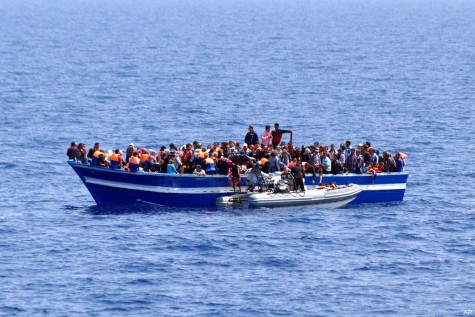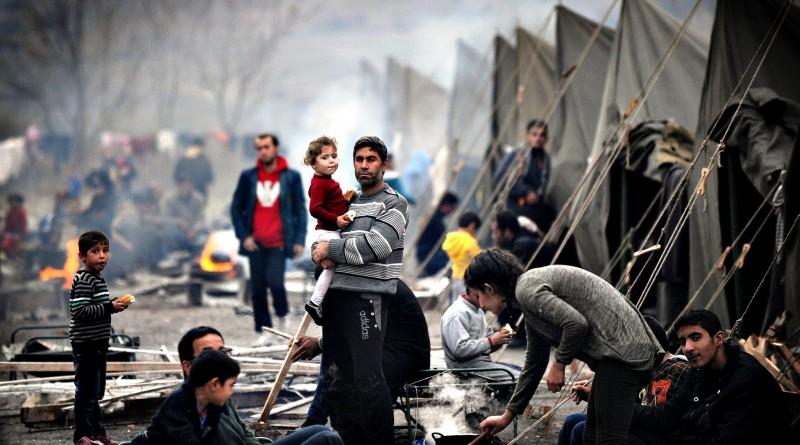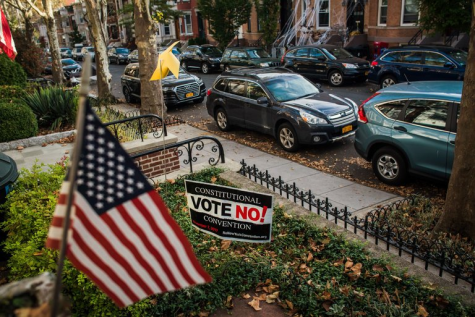The Syrian Refugee Crisis Explained
As hundreds of compelling stories of Syrian refugees have emerged in the media, I began to wonder how the situation in Syria could have escalated so quickly and caused people to drop everything and leave their homes. The most recent tragedy, whereby over seventy people were found dead with signs of suffocation in the back of a truck off the Austrian border, encapsulates the dire nature of the situation. The facts are that as of today, more than four million Syrians have sought refuge in neighboring countries, like Turkey and Lebanon. These are countries that are struggling to support themselves, let alone hundreds of thousands of refugees in need of humanitarian assistance.
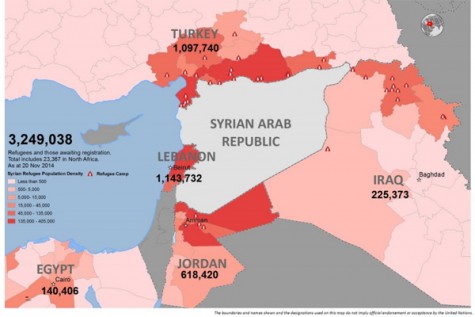
The story behind Syria’s descent into its current situation began just over forty years ago when the Assad family spun Syria into a brutal dictatorship. Fast-forward to 2000, the downward spiral of the Syrian state picked up speed when Bashar Al-Assad took control of the country and has ruled with cruelty ever since.
Protests against the government broke out during the 2011 Arab Spring. Sunni Muslims, the largest religious demographic in Syria, were sick of their second-class status, the corruption, brutality, and inequity. Pro-democracy protests erupted on March 18 and were met with a governmental security force that opened fire on demonstrators, killing several. By July of 2011, hundreds of thousands joined the protest and began to take up arms, while Assad’s troops shot more demonstrators, abducted and tortured activists, and even murdered innocent children.
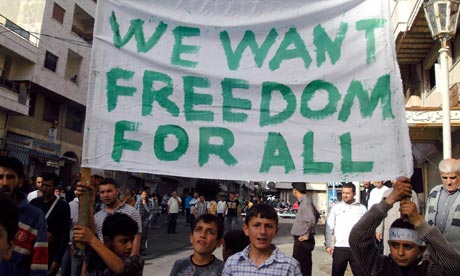
By 2012, problems in Syria had escalated into a full-fledged civil war. Fighting had reached the Syrian capital, Damascus, as the government forces bombed and shelled civilian populations, targeting the Sunni Arab majority but killing innocent civilians and rebels alike. It was around this time that several Jihadist groups saw an opportunity join the fight—the most prominent in our media being ISIS. ISIS added further destruction as they waged a campaign of terror, publicly carrying out executions and amputations. ISIS’s reign of terror has even gained international attention due to its clever and well-managed broadcastings on social media; they are notorious for posting beheadings of their hostages on YouTube.
In August 2013, hundreds of people were killed after rockets filled with the nerve agent sarin were aimed and fired at agricultural districts around Damascus. After an international outcry, an intervention by the UN and the Organization for the Prohibition of Chemical Weapons (OPCW), and the prospect of a military intervention by the United States, President Assad agreed to completely outlaw his government’s use of chemical weapons. Despite this plan, less than a year later in 2014, it was confirmed and documented by the OPCW that the Syrian government has used toxic chemicals. Agents like chlorine and ammonia were used against Syria’s own people between April and July of 2014, killing at least 13 civilians in rebel-held villages. Because rebel groups are so divided, Syria has reached such chaos that it is without a realistic alternative to the corrupt Assad government.
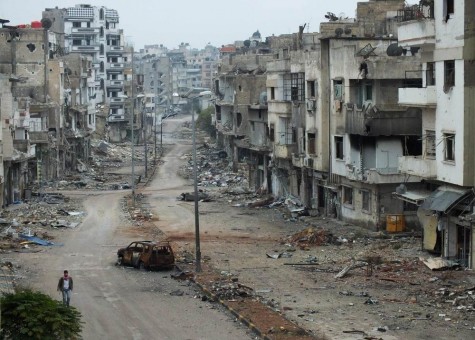
This ongoing conflict between the Assad dictatorship and the many rebel groups has cost the lives of more than 220,000 Syrians, half of whom are believed to be civilians. 6,000 civilians alone were killed by barrel bombs dropped by the Syrian government. An estimated 7.6 million Syrians have been internally displaced within the country, and 4.27 million Syrian refugees have fled. This means that the total number forced to flee their homes has reached 11 million. The UN estimates that, overall, there are 12.2 million in need of humanitarian assistance, including 5.6 million children. A report published by the UN released in March 2015 estimates that the total monetary loss since the start of the conflict is $202 billion and that four out of five Syrians live below the poverty line. All the while, the Syrian education, health and social welfare systems are in a state of collapse. Hopefully, the UN and the countries facing severe economic problems as a result of the refugee crisis can come up with a solution or compromise soon. Because if the situation in Syria continues the way it is, the crisis will reach an even more momentous size.
